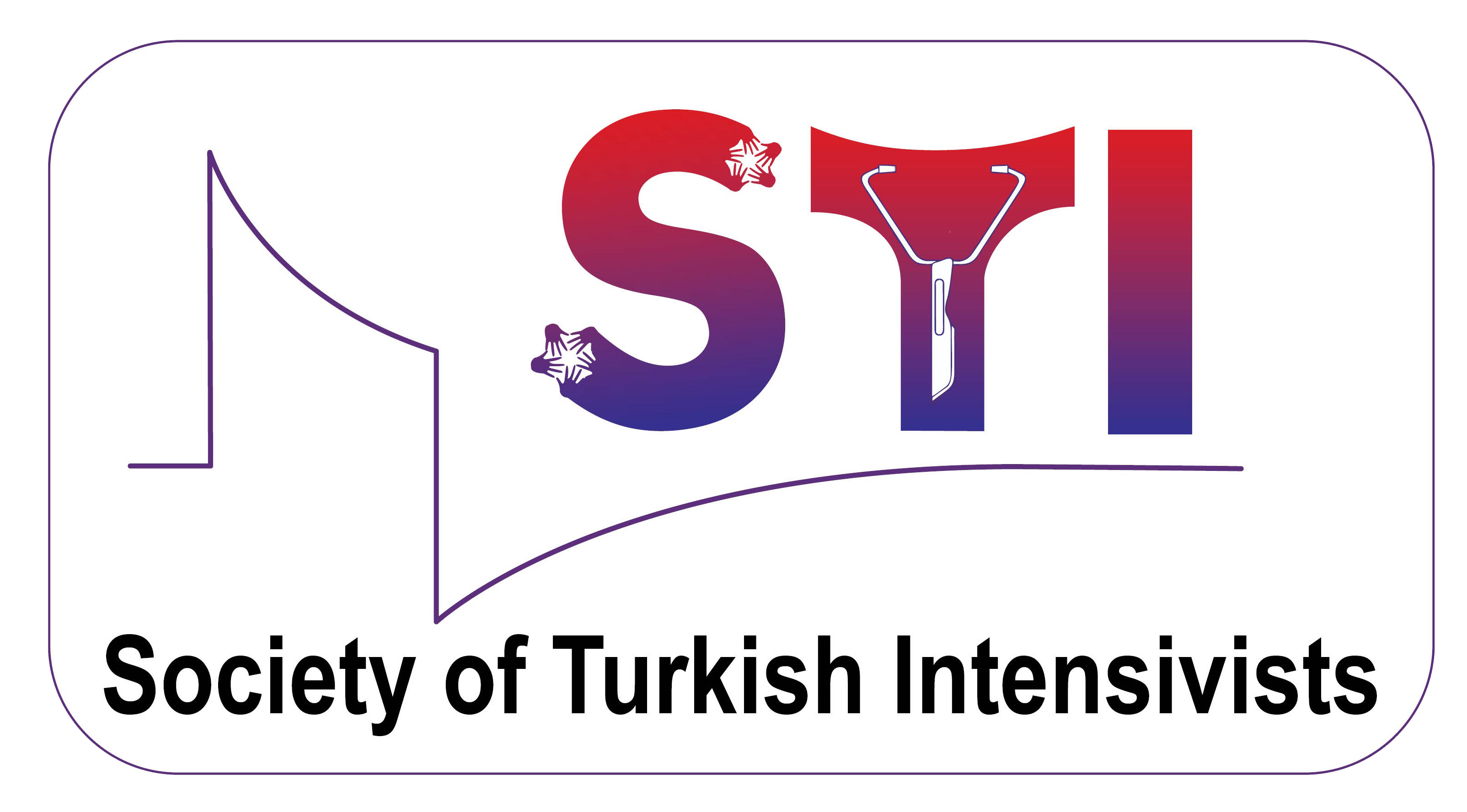2Bilkent City Hospital, Intensive Care Clinic, Ankara, Turkey
Abstract
Objective: Low hemoglobin levels are associated with an increased risk of mortality in intensive care unit (ICU) patients. The underlying reason is due to the limitation in oxygen delivery to the tissues caused by a reduction in the number of oxygen carrying erythrocytes. This study aimed to examine the relationship between decline in hemoglobin level (DHgb=Admission hemoglobin – nadir hemoglobin), nadir hemoglobin levels (NdrHgb; the lowest hemoglobin value during ICU stay) and mortality in COVID ARDS patients admitted to ICU.
Methods: This was a prospective nonrandomized study of consecutive COVID ARDS patients who had at least two determinations of hemoglobin level (the first on admission) separated by 24 hours and an ICU stay <14 days. Admission hemoglobin (AdmHgb), NdrHgb and DHgb levels were analyzed. Data on blood transfusions were also collected.
Results: Although high DHgb and low NdrHgb levels were significantly associated with mortality in univariate analysis of patients, this was not sustained in multivariate analysis. The area under the ROC curve (AUC) of DHgb was 0.577, with a cut-off value of 1.9 g/dl, sensitivity and specificity were 50.7%, and 65.2%, respectively. NdrHgb had a cut-of value of 10.7 g/dl, with an AUC of 0.423, sensitivity and specificity of 50%.
Conclusion: Our results showed that DHgb and low NdrHgb levels are both predictive markers for mortality with moderate sensitivity and specifity. We recommend further studies evaluating a simple scoring model based on DHgb and NdrHgb for predicting mortality

